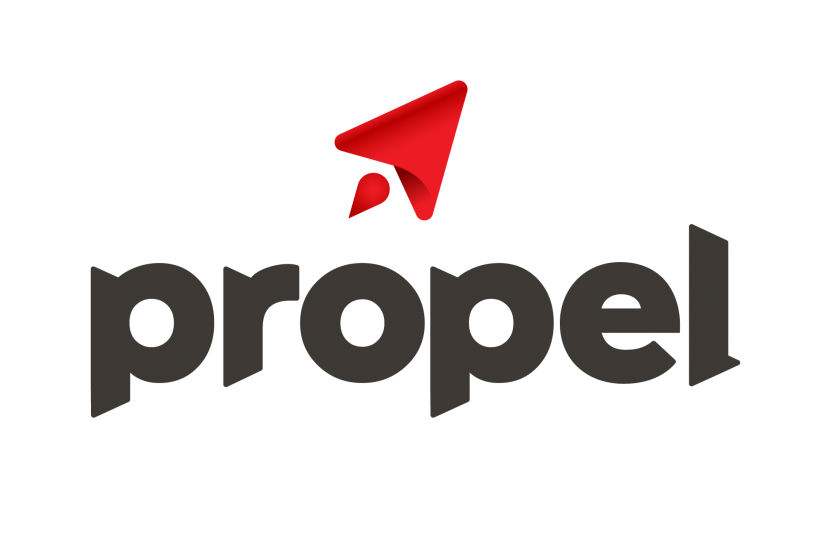When Mycodev founder Brennan Sisk appeared with New Brunswick Premier Brian Gallant to announce the company’s $500,000 funding in March, he knew it was a celebration for more than his company.
The funding announcement by the New Brunswick Innovation Foundation was the latest in a string of events that showed something interesting happening in the province: life sciences companies are stepping into the spotlight.
In the startup world in the past few years, a sentence with the words “New” and “Brunswick” usually included the letters I and T. IT was front and centre, and with good reason. Celebrated exits like Radian6, Q1 Labs and User Events have been great events for the province. But lately there have been companies like Fredericton-based Mycodev to talk about.
“One of the things that Mycodev is offering, for lack of a better word, is an opportunity for bricks and mortar, right here in New Brunswick, to diversify what’s happening here,” said Sisk in an interview.
He’s proud that his company, which is producing medical grade chitosan from fermented fungus, will manufacture locally. The company is working with three medical partners on developing medical products, including bandages that use the properties within chitosan to stanch bleeding.
Of course this is not the only recent win in life sciences in the past few months. NB Biomatrix is a Saint John company using nano-technology to develop a biodegradable, anti-bacterial liquid that can remove heavy metals and other pollutants from waste water. It first got noticed when it won the $15,000 BioInnovation Challenge, a pan-Maritimes bio-sciences competition, last autumn. Then the company bagged $222,250 by placing third in the NBIF Breakthru competition in March.
“The reason we’re seeing more startups on the bio side is we’re seeing more startups in general,” said Meaghan Seagrave, the Executive Director of BioNB, the umbrella organization that supports biosciences in the province. “When you have that push within a culture, innovation is going to happen across the board. The biotech sector is starting to creep up a little bit more now because it takes it longer to get to market.”
Seagrave’s analysis of the segment is broad in both time and space. She notes that 70 percent of New Brunswick land-base is covered with biomass in the form of forest or farmland. And the province has two distinct coastlines offering a range of sea-life.
As a result, the province’s traditional industries have been fishing, farming and forestry. But what Seagraves highlights is that New Brunswick’s research facilities have grown up around these industries. The province boasts 13 research facilities – and that tally doesn’t even include its academic institutions. Most of them support research in these traditional sectors, including how to extract materials from organic material. The result is often a commercial product.
For example, she said, Biomolecules for Life is a Moncton company that grew out of someone wondering whether there were any marketable chemicals in sea urchin guts. (They were thought to be a waste product left over when sea urchins were processed for export markets.) It turns out sea urchin innards are rich in Fucoxanthin, a chemical that helps with appetite suppression and weight reduction. The company is now marketing Ocean Slim, a natural health product containing Fucoxanthin.
As it earns revenue from Ocean Slim, it is working on a higher-value drug that will require the full regulatory process.
Seagrave also cited the example of Sackville-based Soricimed Biopharma, which is commercializing a synthesized compound originally found in shrew venom that can stop growth in cervical, bone and lung cancer cells. It is now moving into Phase II clinical trials, which aim to prove the drug is medically effective.
“I think we are a kind of a hidden gem because we have all the required assets we need in this province,” said Seagrave. “We have an abundance of biomass and we have significant research and development capacity. We also have the human capital. It’s like the biotech sector has kind of like been bubbling below the surface.”
It’s the sort of activity that convinces Sisk the biotech segment in New Brunswick deserves more notice.
“The Bioscience community in New Brunswick is pretty busy, though it doesn’t get a lot of attention,” he said. “What we’re trying to do is bring attention to it. We’re just one of the companies here trying to put bricks and mortar here and create some good high-paying jobs.”
This article originally appeared in our latest Entrevestor Intelligence report.










